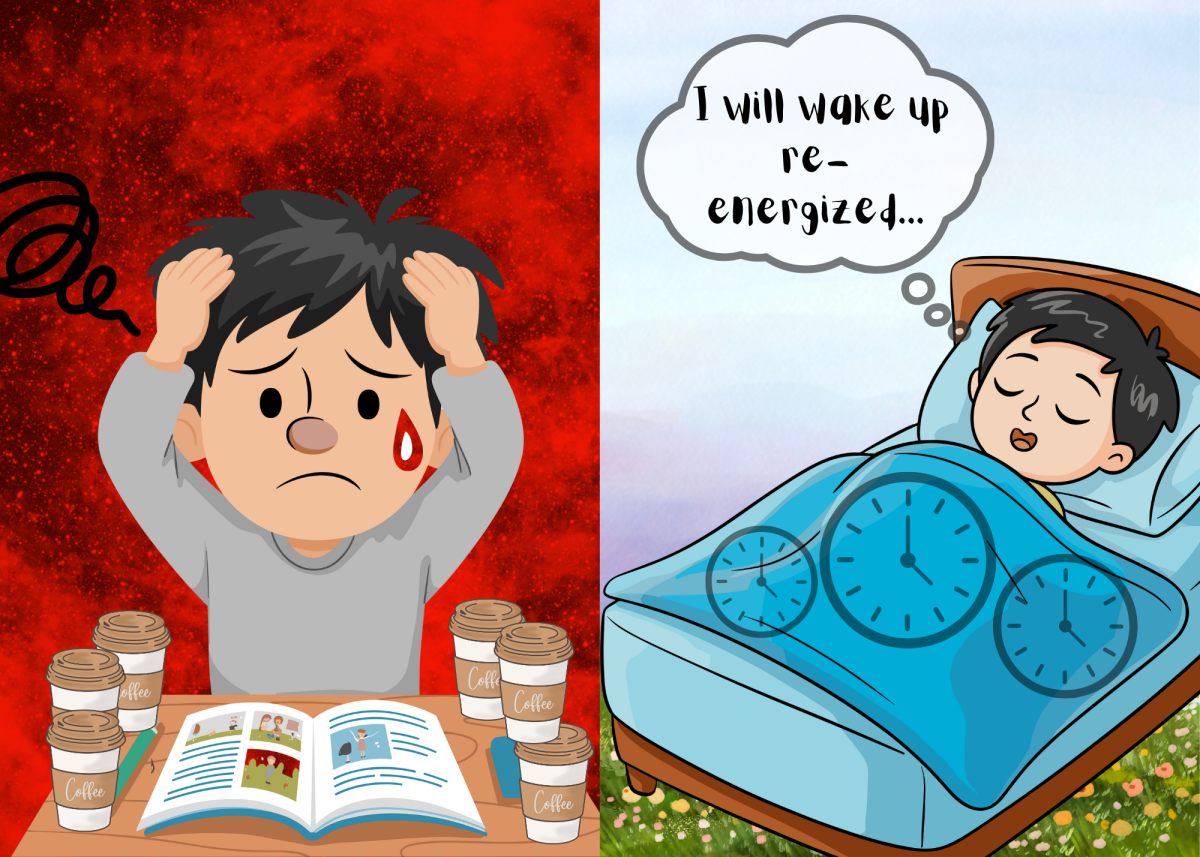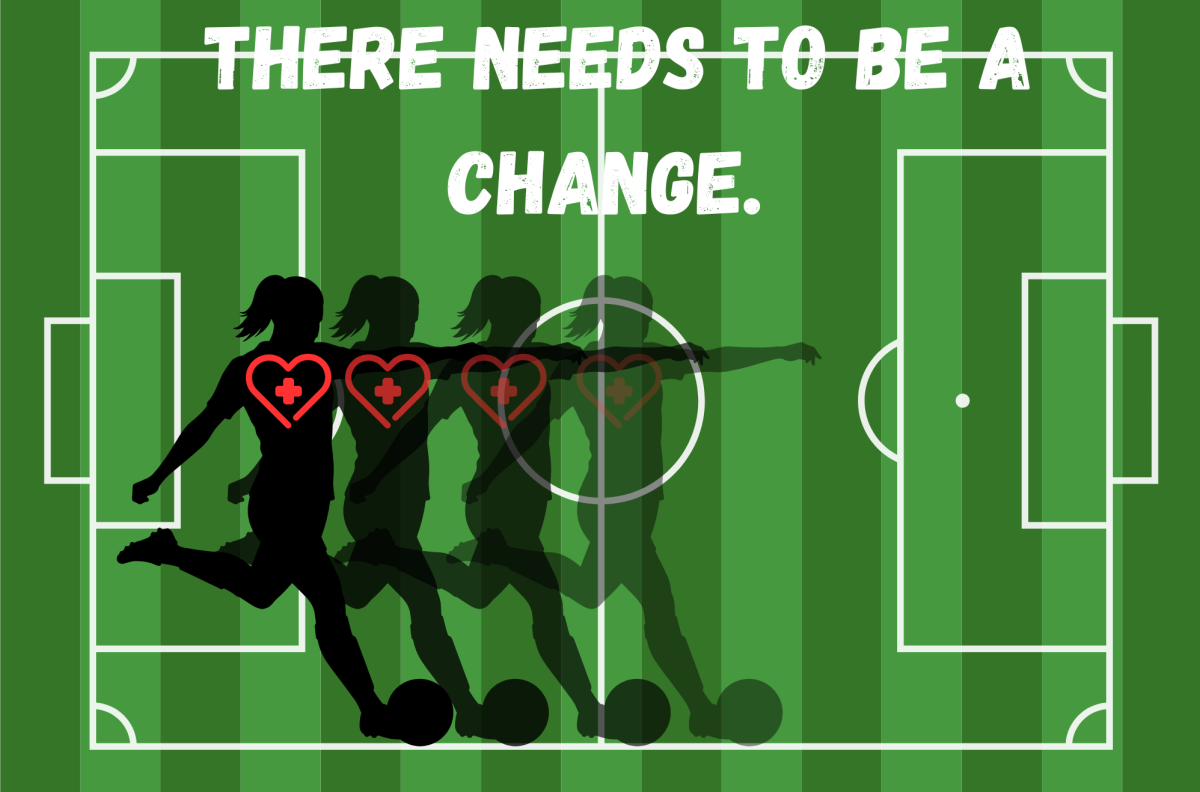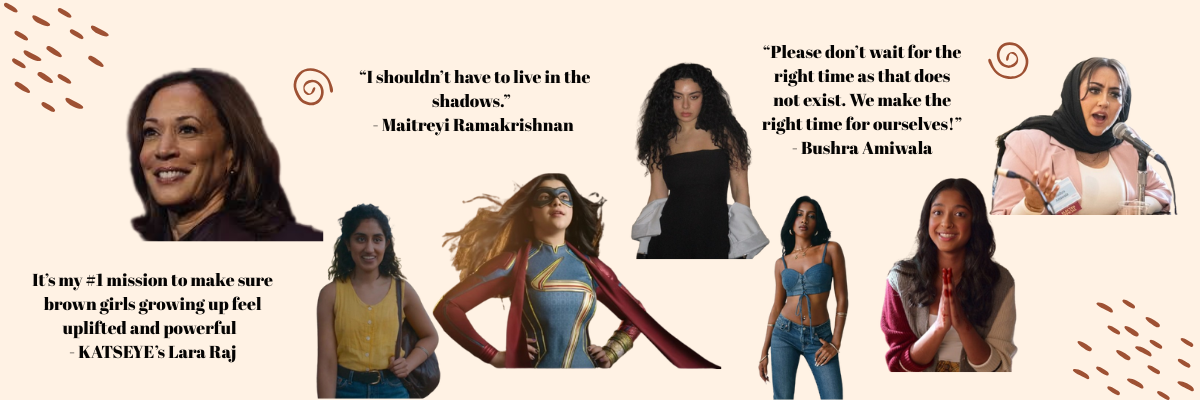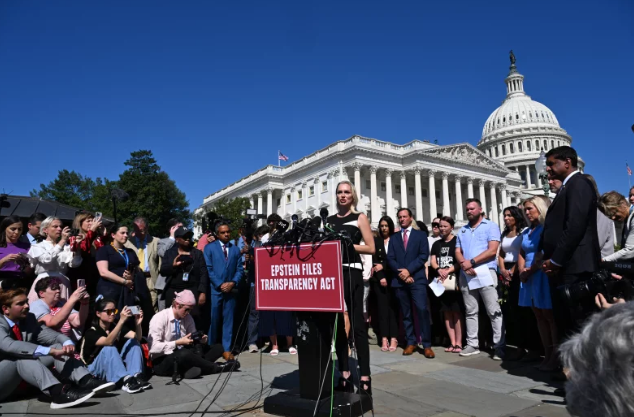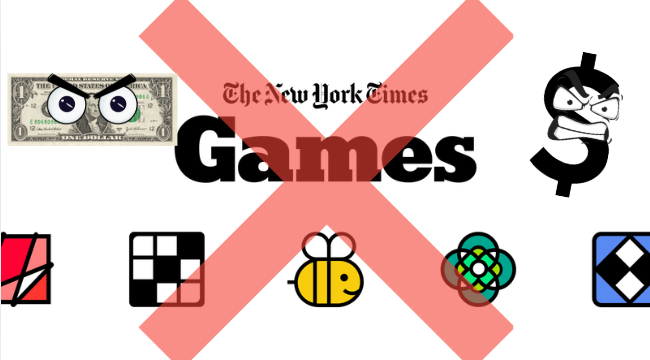As high school students, sleep is usually one of the first things we sacrifice. Between late-night homework, sports practices, club meetings, and social lives, rest can feel like wasted time. Yet sleep is the foundation for focus, growth, performance, and emotional balance. The problem isn’t just that students aren’t getting enough; it’s that many don’t know how to make the most of the sleep they do get.
To keep it brief, in order to get optimal nighttime sleep, students should aim for a consistent bedtime and wake-up time, limit screen use in the hour before bed to avoid disrupting their natural sleep cycles, and create an environment that feels calm and comfortable enough to actually allow their brains to shut off.
Beyond sticking to regular sleep schedules, one key strategy is often overlooked: naps. Despite the stigma that naps are for the lazy, when done right, they can boost energy, sharpen memory, and make us better students overall.
Naps have always carried a certain reputation. For some, they bring to mind an accidental sleep on the living room couch. For others, they’re like a secret weapon, a claim that science supports.
When taken correctly, they provide mental and physical benefits: improved memory, increased creativity, lower stress, elevated mood, and even better problem-solving skills. In other words, naps aren’t wasted time; they’re better compared to an investment in being sharper and more productive.
The key is learning how to nap effectively. Experts divide naps into two categories: short naps, usually 20–30 minutes long, and long naps that extend into full sleep cycles. Short naps are often the most effective for students because they provide a nice burst of alertness.
Research has even shown that pairing a short nap with a small amount of caffeine, like tea or dark chocolate, can increase the benefits, since caffeine typically takes 20–30 minutes to kick in.
Long naps, while sometimes restorative, are riskier. Waking during deep sleep can trigger sleep inertia, which is the grogginess that makes it harder to engage with work. For students with lots to do, keeping naps short is the safest way to feel the benefits without throwing off nighttime sleep.
Timing also matters. Studies suggest that early to mid-afternoon is the best time for most people to nap. This aligns with our natural circadian rhythm, which impacts alertness during the day. Taking a nap during this window also makes sure students aren’t interfering with nighttime sleep.
Setting the right conditions is equally important. A quiet, dark environment signals the brain to rest, which tools like eye masks or earplugs can help with. Even a quick 10-minute rest with eyes closed can reset the brain and ease fatigue.
It’s also worth noting that napping isn’t just a behavioral choice; it’s partly biological. A large-scale genetic study identified over 120 genes associated with napping, showing that some people are naturally predisposed to need daytime rest. This helps explain why naps come easily to some while others rarely feel the urge. Understanding that naps are rooted in both biology, not laziness, can help reduce the stigma and validate them as a legitimate strategy for improving your general well-being.
Even in high-stakes fields like aviation and space, short naps improve alertness and performance; if they work there, they can work for students too.
The next time you find yourself yawning in the middle of the day, worried about how you’ll power through, don’t fight the fatigue: use it. Set an alarm, close your eyes, and let yourself rest. A short nap won’t waste your time; it will reset your mind. You’ll wake up sharper, more energized, and ready to tackle whatever comes next.


